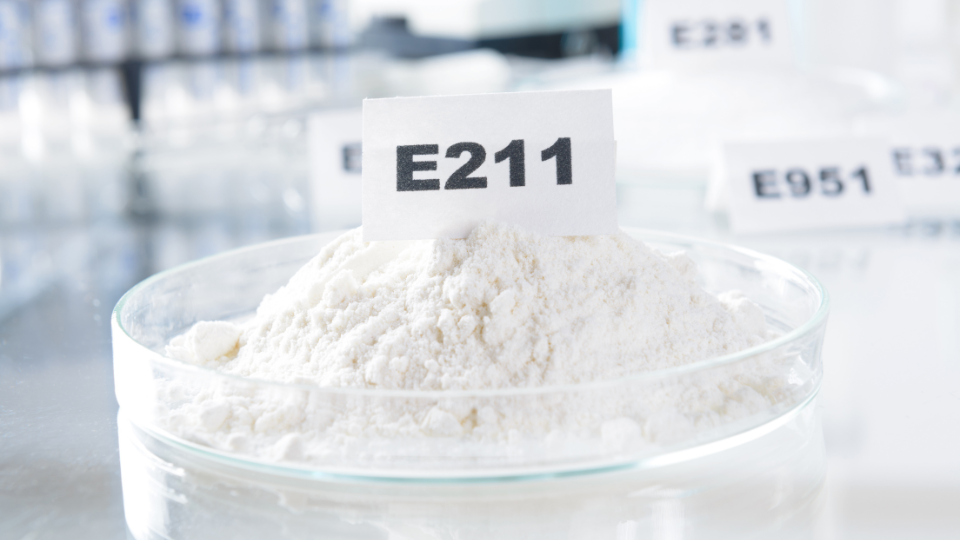Preserving pet food – safety and regulations

There is a growing trend in consumer demand for natural and minimal-ingredient pet foods, in a desire to avoid preservatives. So how safe are these common additives?
Pet owners often view preservatives in pet food negatively. However, the use of antioxidants in pet food is generally well tolerated, and even positively evaluated. While preservatives and antioxidants serve some similar functions, there are distinct differences between them.
Preservatives versus antioxidants
Preservatives are substances added to food products to prevent spoilage, inhibit the growth of microorganisms, and extend the shelf life of the product. They work by stopping or slowing down the growth of bacteria, molds, yeasts and other microorganisms that can lead to foodborne illnesses or spoilage.
Antioxidants, on the other hand, are substances that help inhibit or delay the oxidation process in food. Oxidation is a chemical reaction that can cause the deterioration and degradation of food components (primarily fats and oils). By preventing or slowing down oxidation, antioxidants help preserve the quality, flavor and nutritional integrity of food.
It’s worth noting that some antioxidants, such as vitamin E (tocopherols) and vitamin C (ascorbic acid), are commonly used as both preservatives and antioxidants in food products. They serve a dual purpose by protecting against both microbial growth and oxidation.
Are preservatives in pet food necessary?
Certain types of pet food do not require preservatives due to their formulation or processing methods. For example, canned pet food does not typically contain preservatives because the canning process, which involves sealing the cans tightly and autoclaving them afterward, ensures the destruction of harmful microorganisms. Product claims such as ‘cold-filled’ and ‘without preservatives’ are therefore advertisements with self-evident facts (‘truisms’) and should be avoided. Pet foods with very low moisture content, such as extruded or oven- baked food, or dried snacks, also often do not require preservatives. However, semi-moist products with higher moisture content usually cannot do without preservatives to prevent the growth of molds.
The use or absence of preservatives does not guarantee the absence of other food safety measures or an extended shelf life. Each pet food formulation may have specific recommendations, and it is advisable to follow the manufacturer’s guidelines for proper storage and usage.
Some preservatives used in pet food, such as sorbic acid, acetic acid, and citric acid, are also commonly found in human food. Sorbic acid is a naturally occurring compound found in some fruits and berries, and acetic acid is widely known as the main component of vinegar. However, consumer awareness of additives in pet foods tends to be higher, due to the emotional attachment people have to their pets. Pets’ limited ability to communicate their discomfort or adverse reactions to certain foods places the responsibility on pet owners to understand the ingredients and additives in their pets’ food.
Ensuring safety with preservative use
It’s important to note that while there are preservatives used in both pet and human food, the permitted usage levels and regulations may differ between the 2 categories. Preservatives and their permitted concentrations can vary depending on regional regulations and specific product formulations.
The legal status of preservatives in pet food may also vary depending on the country or region. Regulations governing the use of preservatives in pet food are typically set by government agencies responsible for food safety and animal feed regulations. These regulations can change over time as new scientific evidence emerges, and as authorities update their guidelines.
For accurate and up-to-date information on the legal status of preservatives in pet food, it is best to look into the information given by regulatory bodies, such as the Food and Drug Administration (FDA) in the US, or the European Food Safety Authority (EFSA) in the European Union. These organizations provide guidelines and regulations for the proper use of preservatives (and other additives) in pet food.
Upcoming developments
Regulatory bodies often conduct ongoing research and reassessments to ensure the safety and efficacy of additives in pet food. They may review scientific studies, collect data, and consult with experts in the field to make informed decisions about the use of preservatives. These developments can lead to changes in regulations, such as updates to permitted preservatives, maximum usage levels, or labeling requirements.
An example of this is the reauthorization of potassium sorbate in the EU under the identification number 1k202, which now has a maximum quantity limit for all animal species and thus becomes subject to declaration. The same applies to citric acid (1a330), sorbic acid (1a200) and other re-evaluated additives, which are currently only to be named voluntarily. Consumers are therefore mostly unaware of the use of these preservatives, and could be unsettled as the substances are declared in the future. Compound feed and feed materials containing the relevant additives that are manufactured and labeled before 3 April 2024, may continue to be placed on the market and used until stocks are exhausted if they are intended for pets.
Pet food myths
Although approved preservatives are safe additives, they are not perceived positively by consumers and there are a lot of ‘pet food myths’ about them. It is therefore now imperative for the pet food industry to develop a communication strategy to improve public perception, or to consider the use of alternative, non-declarable preservatives to maintain consumers’ trust and still offer safe pet foods.
